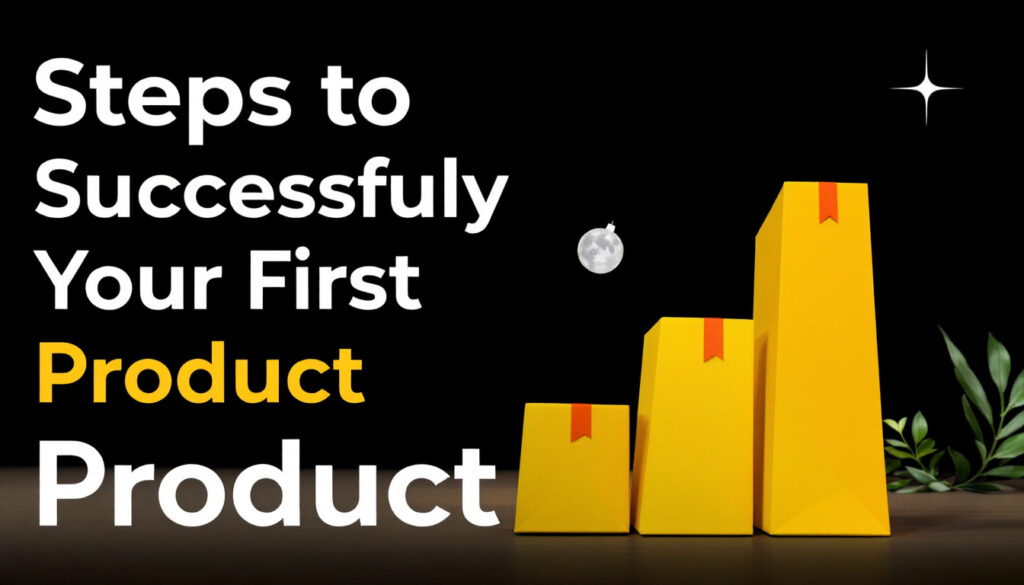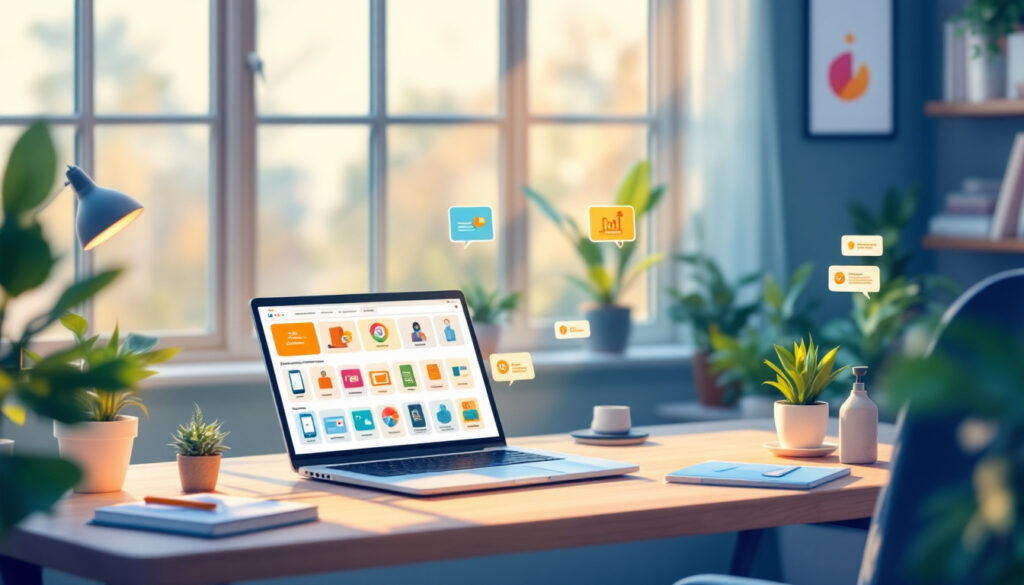The History of the Microchip: Transforming Modern Electronics
The evolution of microchips marks one of the most transformative chapters in modern technology. Their development didn’t just enable smaller, faster devices—it redefined entire industries and daily life. Microchips power everything from computers to smartphones, making them indispensable in today’s tech-driven world. By understanding their history and significance, we can better appreciate the science that shapes the systems we rely on every day “History of the Microchip”. The Inception of the Microchip The invention of the microchip transformed electronics, laying the foundation for modern computing and countless other industries. Before its creation, earlier technologies like vacuum tubes and standalone transistors played pivotal roles in advancing circuitry, but they posed challenges that spurred the need for something revolutionary. The idea of combining multiple electronic functions onto a single chip materialized into the integrated circuit, making the microchip a turning point in how humans design and use technology. Predecessors of the Microchip Before the microchip, electronic circuits depended on vacuum tubes to amplify signals and switch currents. These bulky glass components consumed significant power, generated heat, and were prone to failure. While they revolutionized electronics during the early 20th century, their practicality waned as engineers attempted to miniaturize devices. The invention of the transistor in 1947 by John Bardeen, Walter Brattain, and William Shockley marked a significant breakthrough. Transistors were smaller, more reliable, and required less energy compared to vacuum tubes. However, assembling them into complex configurations was cumbersome and prone to manual errors. Additionally, connecting hundreds or thousands of individual components led to issues of size, complexity, and manufacturing costs. This technological bottleneck inspired researchers to find ways to integrate these functions into one compact unit. Creating smaller, more efficient circuitry without sacrificing performance demanded a new solution. Photo by Nicolas Foster The Birth of the Integrated Circuit In 1958, two inventors working independently, Jack Kilby at Texas Instruments and Robert Noyce at Fairchild Semiconductor, pioneered what is now known as the integrated circuit. Kilby demonstrated the first working prototype, a single piece of germanium with multiple components connected directly to function as a circuit. His groundbreaking insight lay in the realization that both the circuit’s components and the material connecting them could be fabricated from the same base material. A year later, Robert Noyce refined this process by introducing a silicon-based integrated circuit. His method used planar technology to etch circuits onto wafers, making mass production simpler and less expensive. These advancements significantly reduced the size and cost of electronic circuits while increasing reliability. The commercial significance of these innovations was monumental. For the first time, computers could become smaller and accessible to industries beyond military and government research. Electronics shifted from room-sized machines to compact devices, setting the stage for consumer technologies like personal computers and smartphones. If you’d like to explore how these developments influenced other industries, this detailed timeline expands on the microchip’s historical milestones. By solving the challenges of cost, size, and energy inefficiency posed by previous technologies, the microchip became the cornerstone of modern electronics. Its pivotal role in technological progress is undeniable, shaping both the devices we use today and the ones envisioned for the future. The Golden Age of Microchip Innovation The rapid advancement of microchip technology in the late 20th century signified a pivotal shift in electronics and computing. Innovations during this period reduced the size of microchips dramatically, boosted processing speeds, and made them affordable to a global market. These technological leaps not only reshaped industries but also bridged the gap between groundbreaking laboratory discoveries and everyday consumer applications. Moore’s Law and Microchip Evolution Photo by Tima Miroshnichenko In 1965, Gordon Moore made an observation that became a self-fulfilling prophecy in the world of microchip technology. Moore’s Law predicted the doubling of transistors within a microchip approximately every two years, enabling chips to become progressively smaller, more powerful, and less expensive. This principle served as both a guide and a challenge for engineers, fostering decades of innovation. Take personal computing as an example. Early microprocessors like Intel’s 4004 (introduced in 1971) contained just over 2,000 transistors. Compare that to modern high-performance processors, which now feature billions of transistors within a chip the size of a fingernail. This relentless miniaturization, driven by Moore’s Law, significantly boosted computational power across all sectors. Moore’s Law also democratized technology. Lower production costs meant companies could integrate cutting-edge microchips into a wider variety of devices. From medical equipment to gaming consoles, these advancements shaped industries in unprecedented ways. For a closer look at how technology impacts global markets, this article provides valuable insights. While Moore’s Law has slowed in recent years due to fundamental physical limitations, its influence on the development strategies of chip manufacturers remains profound. Companies are now exploring alternative materials and architectural designs to maintain the pace of innovation. Mainframe Computers to Personal Electronics The transition from bulky mainframe computers to sleek personal devices epitomizes the transformative power of microchips. Before their advent, computing was dominated by room-sized machines accessible only to governments, universities, and large corporations. These systems were monumental in scale and equally monumental in cost. Microchips changed everything. By the late 1970s and 1980s, devices using integrated circuits became smaller and more affordable, enabling the rise of personal computers. The introduction of microprocessors like the Intel 8088, used in IBM’s first PC, marked the beginning of an exciting new era. Desktop computing quickly transitioned from a business tool into a household staple. And personal electronics didn’t stop there. Smartphones emerged as the next frontier in microchip-powered devices, combining computing, communication, and multimedia capabilities. Driven by the innovations of microchips, manufacturers with each new generation were able to pack more functionalities into smaller form factors, revolutionizing how we interact with technology. Today, the influence of microchips extends far beyond computers and phones. Smartwatches, IoT (Internet of Things) devices, and wearables all depend on microchip technology. These applications, while commonplace now, stand on the shoulders of decades of innovation that made such complexity possible and accessible. The Role of Microchips in










